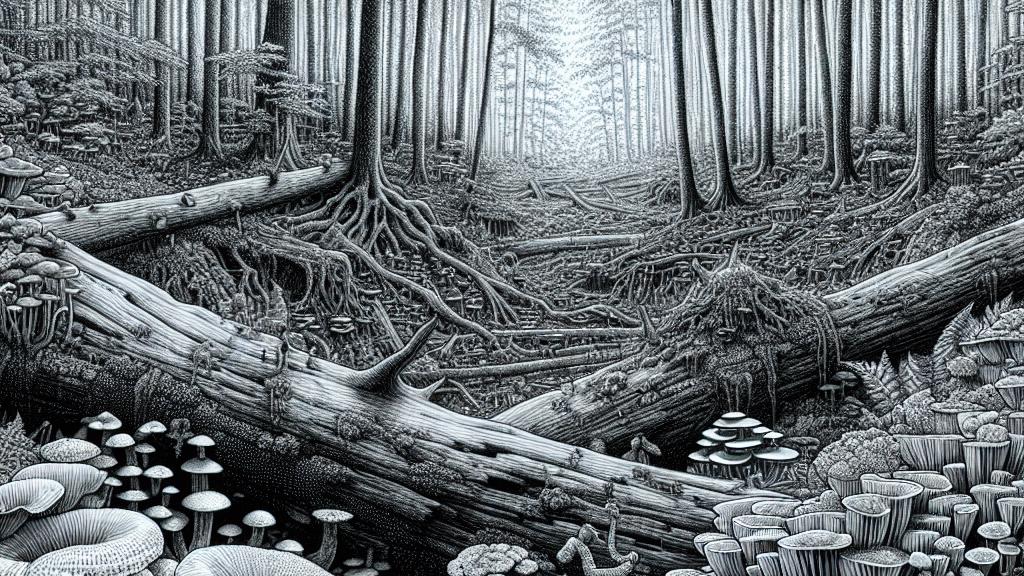Exploring the Hidden World of Fungi and Their Importance
Overview
- Fungi are vital yet often overlooked, providing essential functions that support ecosystems.
- Mushroom hunters passionately seek unique species, revealing the rich diversity hidden in nature.
- Global initiatives are urging recognition of fungi as crucial players in conservation efforts.

The Indispensable Role of Fungi in Ecosystems
Fungi, remarkable organisms, are foundational to the health of ecosystems across the globe. When you stroll through a vibrant forest in the United States, you may not realize that beneath your feet lies a complex web of life, where fungi play several essential roles. While plants generate energy through photosynthesis, fungi excel as nature’s recyclers, breaking down organic matter and returning vital nutrients to the soil. For instance, they decompose dead logs and fallen leaves, ensuring that nothing goes to waste. Astonishingly, scientists estimate that nearly 2.5 million fungal species exist, yet only about 150,000 have been formally described. This fact highlights just how much more there is to learn about these incredible organisms and their critical functions within ecosystems.
The Thrilling Adventure of Mushroom Hunting
Mushroom hunting has become a thrilling and popular pursuit for many nature enthusiasts, bridging the gap between curiosity and knowledge. Take Naomi Ruelle, for example, who traveled from New York to Washington for an organized fungus expedition. Together with fellow hunters, she explored lush trails in search of mushrooms, experiencing the exquisite pleasure of discovering species like the elusive Morel or the unique Chanterelle. Each find is not just about appreciation; it contributes valuable information that scientists need to understand biodiversity and ecosystem health. Enthusiasts are increasingly realizing that every mushroom unearthed can tell a story about the environment, revealing essential insights about the habitat's overall condition and offering a pathway for sustainable land management practices.
Elevating Fungi in Conservation Discussions
At the recent COP16 conference in Colombia, the conversation about fungi took a significant turn as countries like Chile and the UK proposed recognizing fungi as a distinct kingdom of life. This initiative could dramatically shift conservation strategies, highlighting fungi’s crucial role in biodiversity and ecosystem function. For example, fungi form symbiotic relationships with approximately 95% of all terrestrial plants, assisting them in nutrient absorption and water retention. These interconnections are vital for plant health and, by extension, entire ecosystems. By acknowledging fungi as key players in conservation efforts, we can develop more comprehensive strategies that consider the intricate relationships between all forms of life. Ultimately, as we delve deeper into understanding fungi, it becomes increasingly clear that our efforts to protect the environment must include them, ensuring a balanced and thriving planet.

Loading...